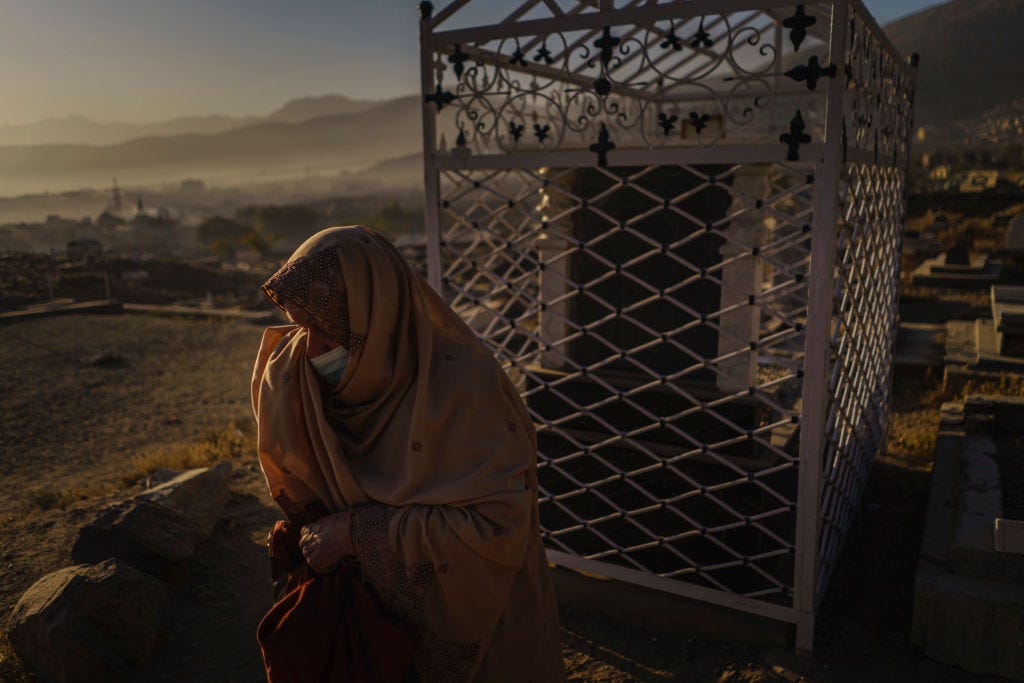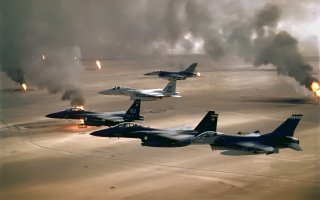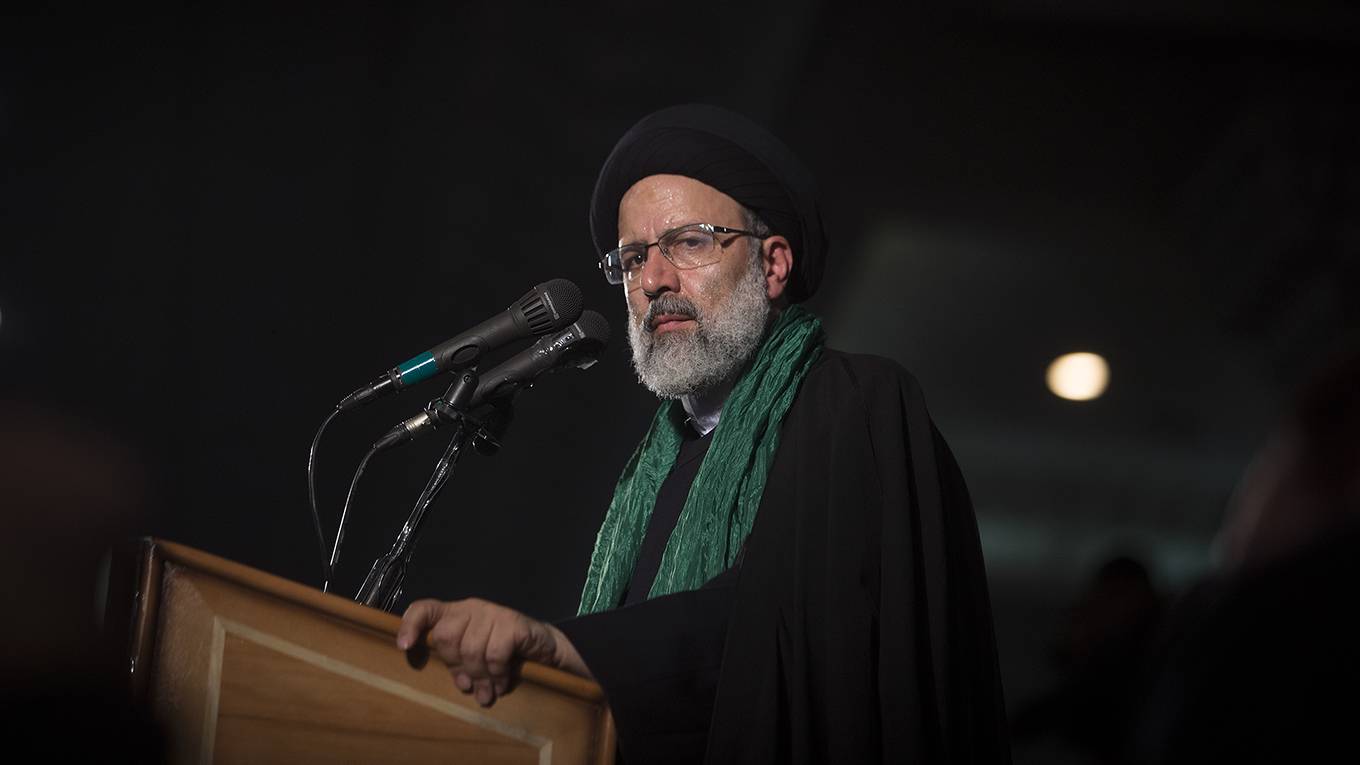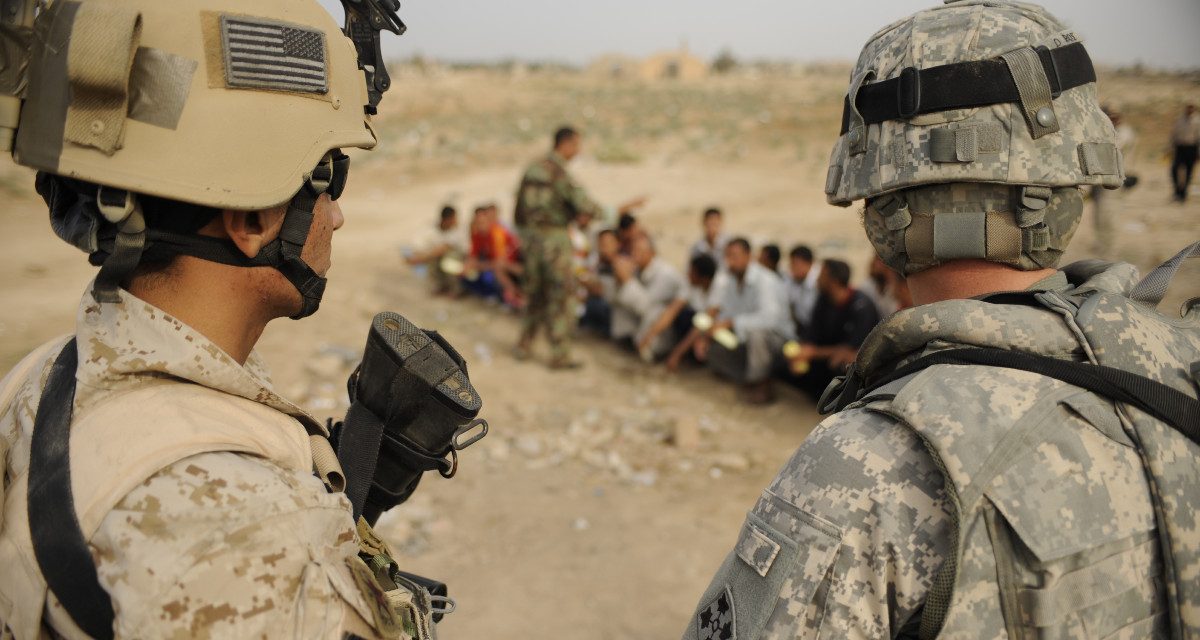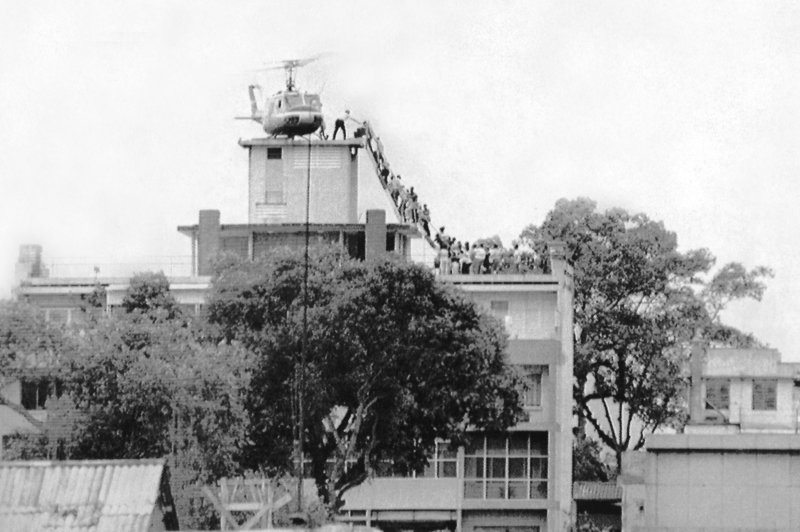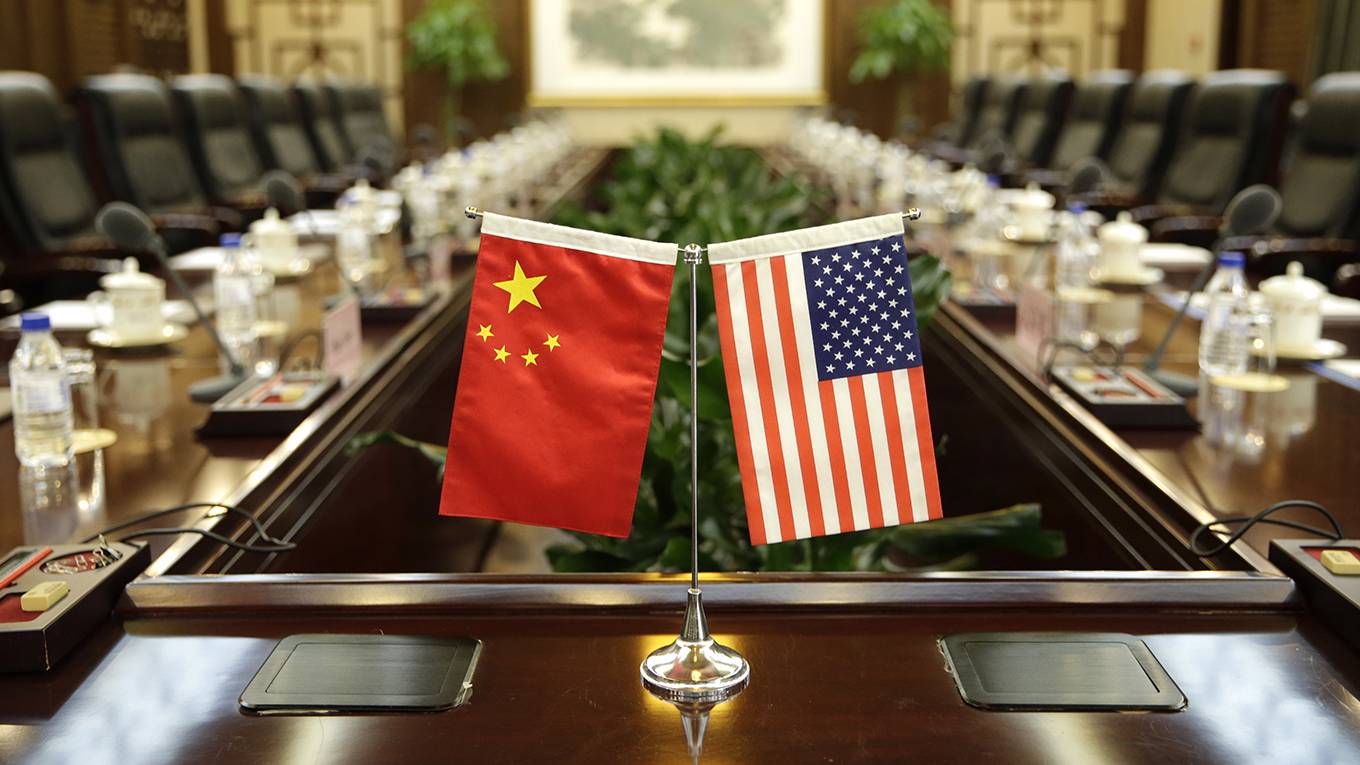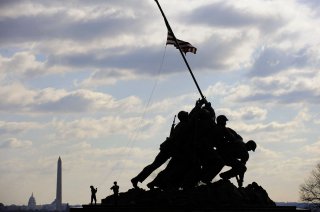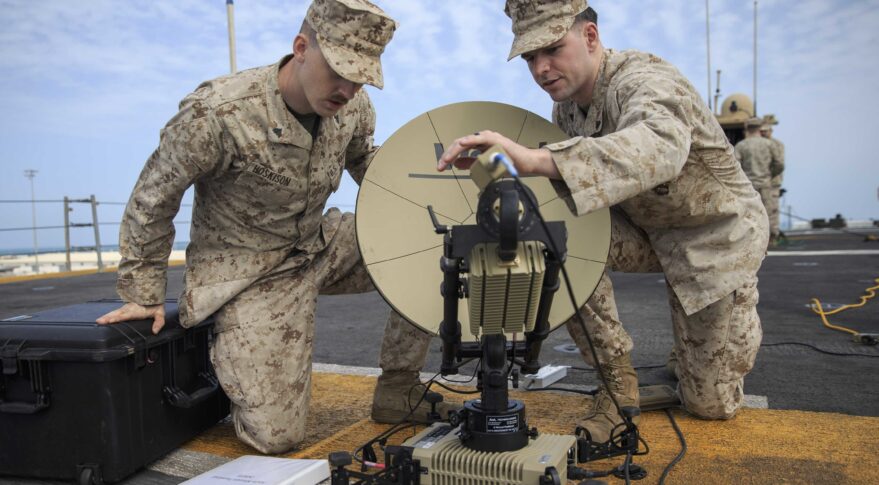Rebecca Wostenberg
On Oct. 1, 2019, the People’s Republic of China celebrated its 70th anniversary with full authoritarian pomp and circumstance. Amongst the pageantry of the massive military parade, China publicly flaunted the Dongfeng-17, a medium-range missile system equipped with a hypersonic glide vehicle.
Although the U.S. was aware of the existence of the DF-17, the parade highlighted two significant questions: first, why do hypersonic weapons matter, and second, how did China beat the United States in fielding a hypersonic capability? The answers are complicated and include over 60 years of boom-and-bust cycles in America.
Hypersonic weapons, including maneuvering missiles flying at least five times the speed of sound, or Mach 5, within the Earth’s atmosphere, can deliver long-range lethal effects on short time scales. In other words, if an adversary is launching missiles that take minutes to reach their target while U.S. missiles take hours, we will be at a significant disadvantage. Similarly, speed limits the decision time for adversaries, thus getting inside their decision-making process or “OODA” loop.



